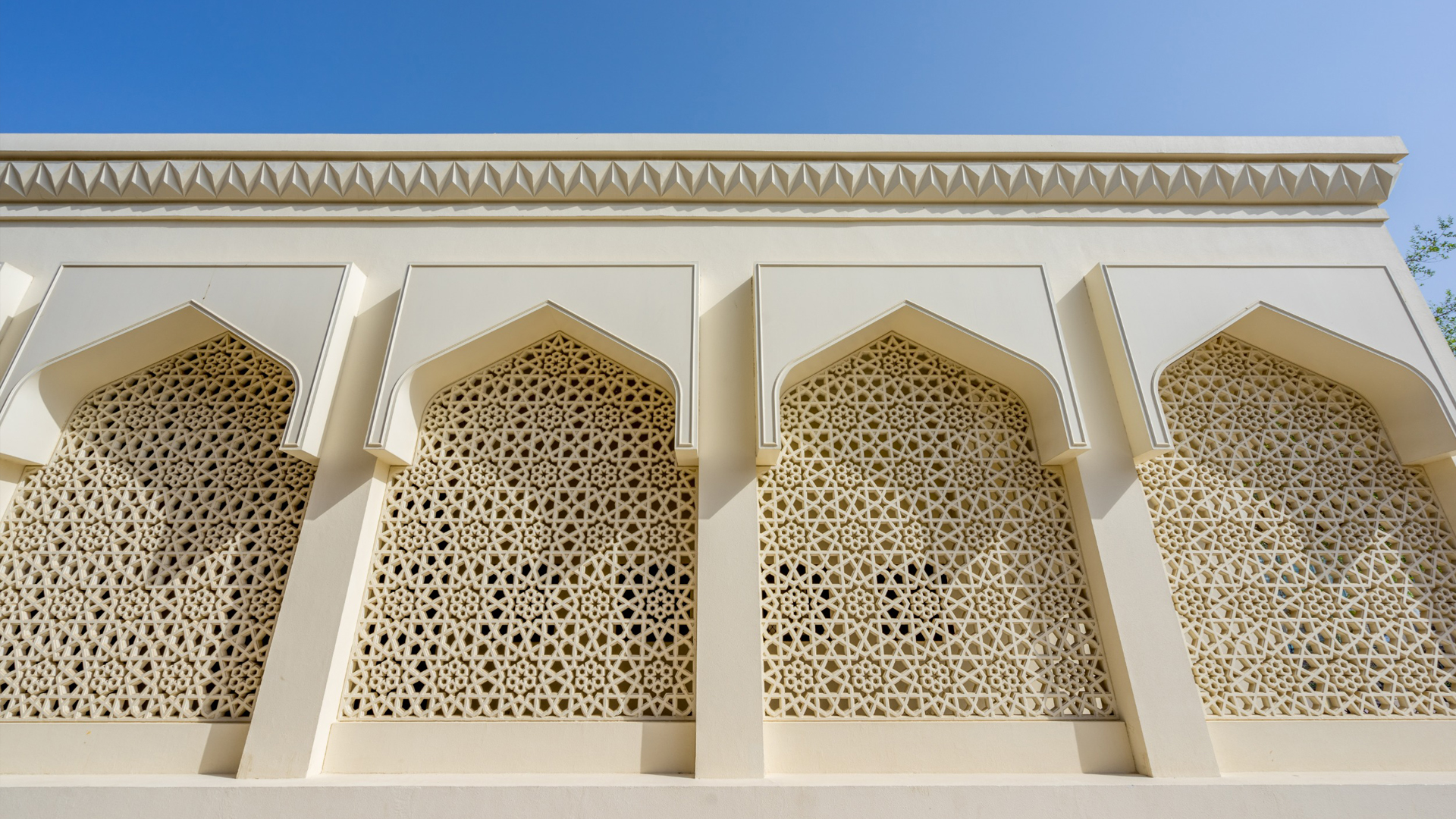
The United Arab Emirates (UAE) is a country known for its rapid development, modern infrastructure, and cosmopolitan cities. However, beneath the glimmering skyscrapers and bustling streets lies a rich and diverse culture that has been shaped by centuries of history and tradition. In this article, we will delve deeper into the historical overview of the UAE's culture, exploring its customs, traditions, beliefs, arts, and the ways in which it has evolved over the years.
The roots of Emirati culture can be traced back to the early inhabitants of the UAE, who were primarily Bedouin tribes. These nomadic tribes roamed the desert regions, herding camels and living a simple, yet resilient way of life. The traditions and customs of the Bedouins still hold a significant place in Emirati culture today. The tribes had strong familial ties and a code of honor and hospitality that governed their interactions with one another.
One of the most influential factors in the UAE's culture was its role as a trading hub. Due to its strategic location along the Arabian Gulf, the UAE became a center for trade between the East and the West. The UAE's coastal towns and ports were bustling with merchants from India, Persia, Africa, and other neighboring regions, bringing together a fusion of cultures, ideas, and goods.
Islam, introduced to the Arabian Peninsula in the 7th century, has had a profound impact on the UAE's culture. The Islamic principles of peace, harmony, and submission to God became an integral part of the Emirati way of life. The UAE is an Islamic nation with a deep-rooted devotion to the faith. Mosques can be found in every neighborhood, forming the heart of communal life.
Islamic festivals and traditions are celebrated with great enthusiasm and reverence throughout the UAE. Ramadan, the holy month of fasting, holds special significance, with Muslims coming together to observe fasting from dawn to dusk and engaging in acts of charity and self-reflection. Eid al-Fitr and Eid al-Adha are joyous occasions marked by feasting, prayers, and the exchange of gifts, bringing families and communities closer together.
For centuries, pearl diving was a vital economic activity and a way of life for many Emiratis. The discovery of natural pearls in the Gulf waters turned the UAE into a prominent pearling center, attracting divers from various regions. Pearl diving expeditions would last for months, with divers facing the challenges of deep-sea diving, harsh weather conditions, and the constant threat of danger.
Pearl diving not only shaped the UAE's economy but also influenced its culture and traditions. The pearling season was a time of unity, as families and communities would come together to support the divers. Traditional songs, stories, and dances celebrated the bravery and resilience of the divers. Today, the UAE pays homage to this important part of its history through museums, exhibits, and cultural events that showcase the art of pearling.
Emirati culture is rich in various forms of art and crafts that have been passed down through generations. One of the most notable art forms is Arabic calligraphy. Considered a visual representation of the divine word, calligraphy holds a sacred place in Islamic culture. Skilled calligraphers transform verses from the Quran and poetry into intricately designed scripts, merging aesthetic beauty with spiritual significance.
Traditional Emirati music and dance have their own unique charm. The Ayallah dance, performed at celebratory occasions and weddings, involves rhythmic footwork, hand clapping, and chanting. Music is an important element in Emirati culture, with traditional instruments like the oud, rebab, and darbuka being used to create soulful melodies.
Pottery, weaving, and embroidery are other significant crafts in Emirati culture. Pottery, influenced by neighboring civilizations, showcases intricate patterns and vibrant colors. The weaving of palm fronds and other natural materials into baskets and mats is a traditional craft that reflects the UAE's close connection to its desert environment. Embroidery, known as "sadu," is a renowned art form, with geometric patterns and vibrant threads adorning garments and textiles.
While honoring its past, the UAE has also embraced modernity and global influences, resulting in a culturally diverse society. The UAE's rapid economic growth and urban development have attracted people from around the world, further enriching its cultural landscape.
Contemporary Emirati artists, writers, and filmmakers are gaining international recognition for their work, which reflects a diverse range of themes, from preserving traditional heritage to exploring issues of identity in the modern world. Museums and galleries showcase both traditional and contemporary art, giving artists a platform to express their creativity.
Sports, too, play a significant role in shaping the UAE's culture. Traditional sports like camel racing and falconry continue to be celebrated, alongside modern sports like football, tennis, and golf. The UAE has hosted international events such as the Abu Dhabi Grand Prix and the Dubai Tennis Championships, attracting athletes and spectators from around the globe.
The UAE's culture is a tapestry interwoven with the threads of tradition, history, and innovation. Its heritage, shaped by Bedouin traditions, Islamic faith, pearl diving, and various forms of art and crafts, has formed the foundation of Emirati identity. As the UAE continues to evolve and embrace new influences, it remains committed to preserving its cultural heritage and fostering a harmonious society that celebrates its rich history while embracing the diversity of its modern population.
Share your moments and explore the perfect mix of modern luxury business and lifestyle stories.
Every alternate week get a packaged update from the world of luxury. A newsletter tastefully curated by the luxurylifestyle.ae
Every alternate week get a packaged update from the world of luxury. A newsletter tastefully curated by the luxurylifestyle.ae